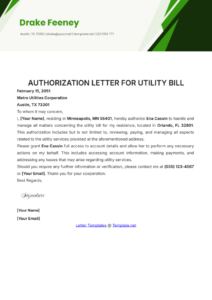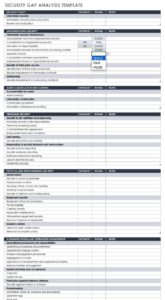Creating a comprehensive business requirements document (BRD) is crucial for aligning stakeholders, ensuring project success, and bridging the gap between business needs and technical specifications. A well-crafted BRD serves as a roadmap for development teams, providing clear and concise guidance on what the business expects from the system or solution being developed. To assist you in this process, we provide a sample BRD template that you can adapt and customize to meet your specific project requirements.
To illustrate the utility of this template, consider a scenario where you need to develop a new e-commerce platform for your business. Using our sample BRD template, you can articulate the business needs, such as improved customer experience, increased sales revenue, and seamless integration with your existing business systems.
Detailed Overview of the Sample BRD Template
Our sample BRD template comprises several key sections that guide you through the process of capturing and documenting business requirements. The first section outlines the project scope, providing a high-level overview of the project’s objectives and boundaries.
Subsequently, the template delves into the business requirements themselves. This section is divided into functional and non-functional requirements. Functional requirements define the specific capabilities and features that the system must possess to meet business objectives, while non-functional requirements address broader system qualities, such as performance, security, and usability.
To ensure clarity and precision, each requirement is formulated using the SMART (Specific, Measurable, Achievable, Relevant, and Time-bound) criteria. This approach helps eliminate ambiguity and facilitates stakeholder alignment.
The template further includes sections for documenting assumptions, constraints, and dependencies. Assumptions are factors that are assumed to be true without explicit evidence, while constraints are limitations that shape the project’s scope and feasibility. Dependencies, on the other hand, refer to relationships between the project and other related initiatives or systems.
Additional Features and Considerations
In addition to the core sections, our sample BRD template incorporates several valuable features. It includes a glossary to define technical terms and acronyms, ensuring a shared understanding among stakeholders.
The template also provides guidance on documenting acceptance criteria, which define the conditions that must be met for a requirement to be considered complete. This ensures that the developed system aligns with the business’s expectations.
The sample BRD template is designed to be flexible and adaptable to a wide range of project types and sizes. It can be tailored to suit the specific needs of your organization and project.
Conclusion
A well-defined BRD serves as a solid foundation for successful project execution. Our sample BRD template provides a comprehensive framework for capturing and documenting business requirements, ensuring that the developed system meets the organization’s objectives and delivers the desired outcomes. By utilizing this template, you can enhance stakeholder alignment, streamline communication, and mitigate risks throughout the project lifecycle.
Remember, the sample BRD template is a starting point that should be customized to the unique requirements of your project. By tailoring the template to your specific needs, you can create a valuable tool that will guide your team towards a successful outcome.

